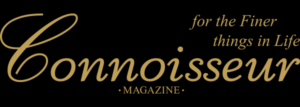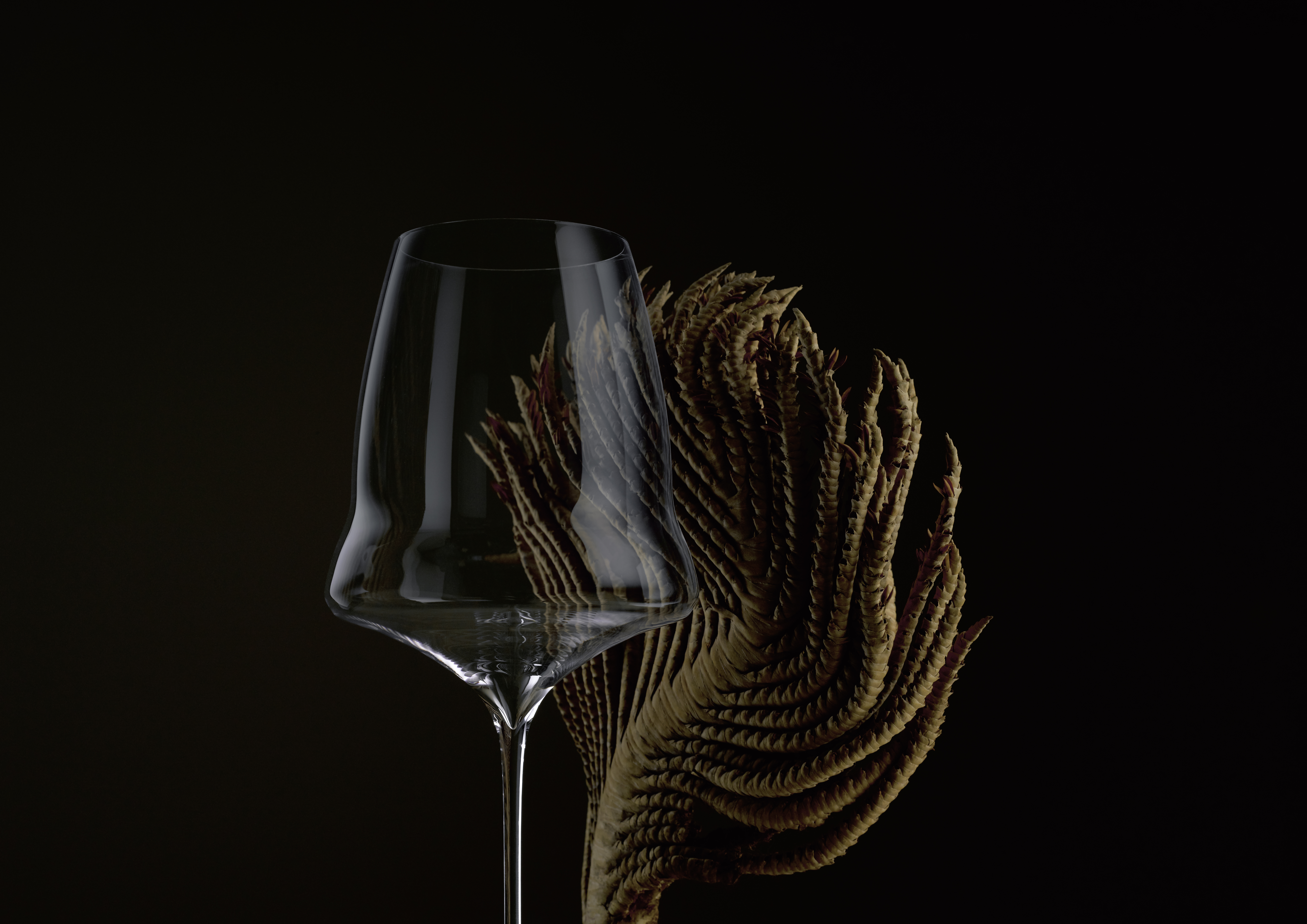 Champagne is synoymous with celebrating. It comes in many styles, but true champagne comes only from the region of the same name. The very name “Champagne” denotes celebration. We serve it at weddings to celebrate newlyweds. We launch ships with it, not to mention bringing in the New Year!
Champagne is synoymous with celebrating. It comes in many styles, but true champagne comes only from the region of the same name. The very name “Champagne” denotes celebration. We serve it at weddings to celebrate newlyweds. We launch ships with it, not to mention bringing in the New Year! By the 1870’s Paris was a gaudy mélange of posters; they were pasted to kiosks, train stations, buildings, carriages and pissoirs. They advertised everything: sporting and cultural events, new products, political protests, book publications and beautiful women.
In France, the poster quickly became an art form.
 “The beautiful time”, and the height of French poster fever and fashion. In 1891 Toulouse-Lautrec’s first poster, Moulin Rouge, boosted the status of the poster from ephemera to fine art. Posters took over the cities of Europe, with subjects that varied from country to country. In France, the café was the center of life. Some Parisians ate three times a day at cafés, where they drank and people watched with their meals. Absinthe, champagne and other alcoholic beverages were the main advertising topics.
“The beautiful time”, and the height of French poster fever and fashion. In 1891 Toulouse-Lautrec’s first poster, Moulin Rouge, boosted the status of the poster from ephemera to fine art. Posters took over the cities of Europe, with subjects that varied from country to country. In France, the café was the center of life. Some Parisians ate three times a day at cafés, where they drank and people watched with their meals. Absinthe, champagne and other alcoholic beverages were the main advertising topics.
Mucha also became affiliated with several elite beverage companies. His poster for Ruinart, the first champagne company, featured an elegance demure young woman, seemed to personify elegance except for her hair, which had taken on a life of its own. This out of control coiffure hinted the “heady” effects of Champagne Ruinart. Mucha’s lovely poster girls often told much about the poster, with their hair.
 In addition to Champagne Ruinart, Moet and Chandon recognized Mucha’s artistic and advertising genius and hired him to create all of their commercial designs. He also made a variety of posters for cognac and Benedictine.
In addition to Champagne Ruinart, Moet and Chandon recognized Mucha’s artistic and advertising genius and hired him to create all of their commercial designs. He also made a variety of posters for cognac and Benedictine.
Champagne has featured prominently in popular culture for over a century, due in part to a long history of effectivemarketing and product placement by leading Champagne houses and their representatives, such as CIVC.
The wine came to symbolize the “good life” to which all people could aspire. It also brought charges of decadence and indulgence as the humorist Mark Twain once commented: “Too much of anything is bad, but too much Champagne is just right.”
Towards the end of the 19th century, with a new cohesion in social groups based on economic choices, the beginnings of consumer culture brought Champagne to the fore as a delineator of class and status, becoming what has been described as a “centrepiece of bourgeois” society.
This came about in part by the usual, informal pursuit of traditional practices and social norms. However, there was a great deal of careful and deliberate generation of rituals and images surrounding Champagne, not by any one agency or department, but as a result of widespread commercial efforts to market and popularise its consumption.






